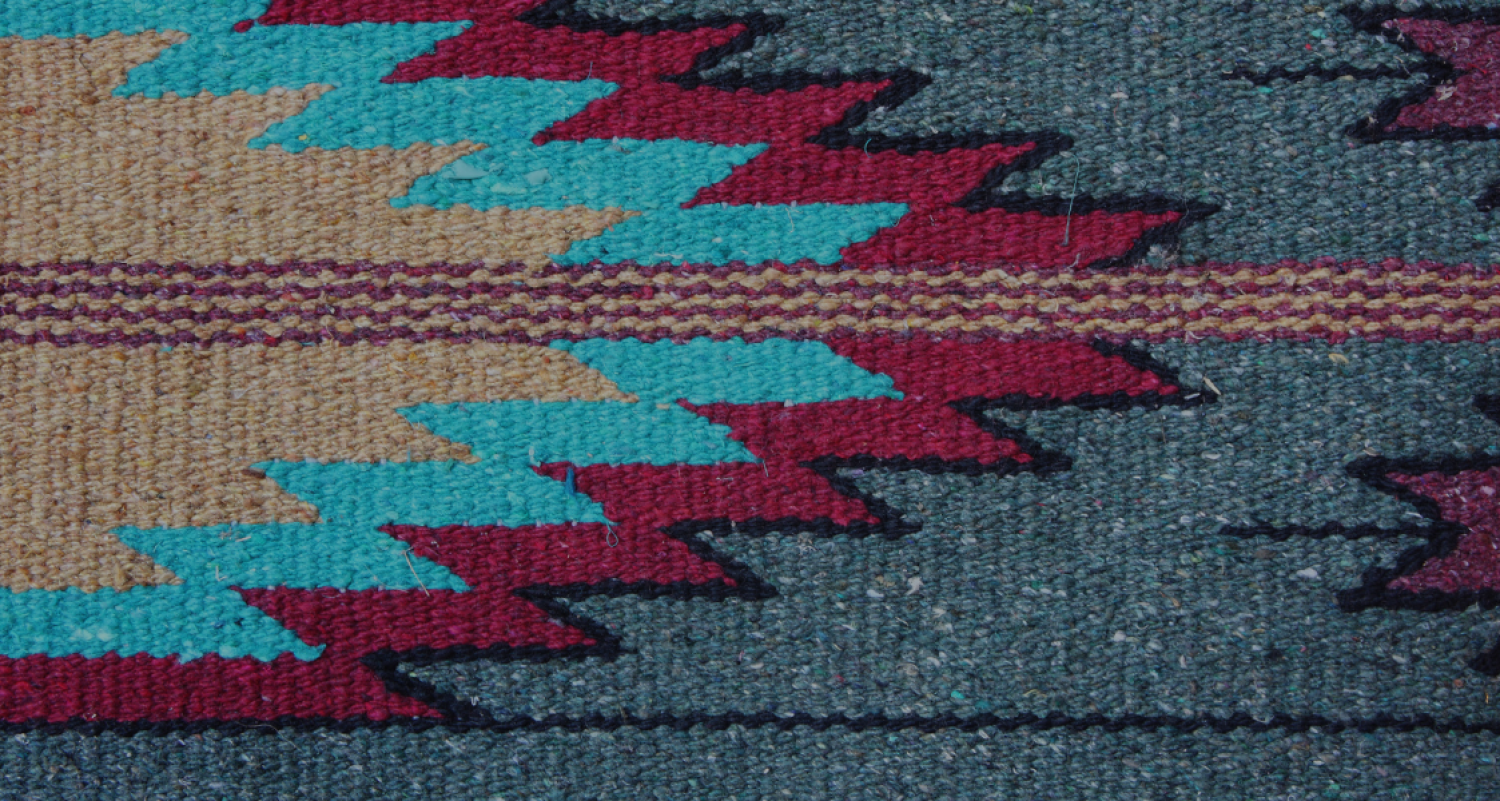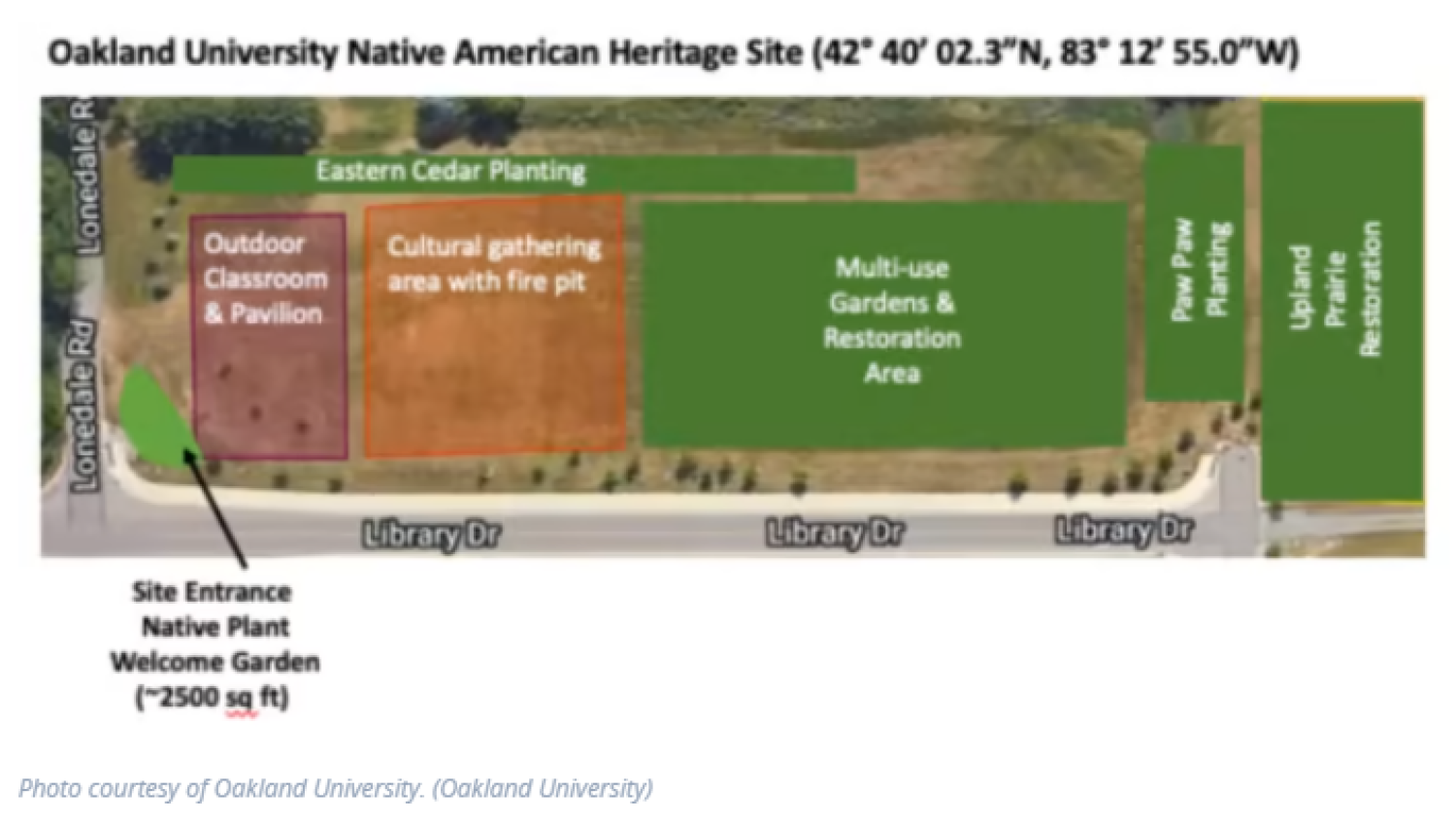Apologies, Land Back, and Reparations

Many organizations and institutions have taken steps to formally apologize and begin to “repair” their relationships with Native communities. This is a global movement in which entire countries, institutions and organizations participate. In the United States, religious organizations, universities and colleges, states, NGOs, individual politicians, and some corporations have issued apologies and implemented action plans for reparation or Land Back. This page serves as a resource for Higher Education institutions and individuals to garner a sense of possibilities for reparative actions they can take in relationship to Native American communities. Land acknowledgments and apologies should serve as the groundwork for continued Land Back action.
What is “Land Back”?
Land Back is an intergenerational multifaceted movement, with a long history, that calls for Indigenous reclamation of land through an insistence of self-determination, sovereignty, and regeneration. Land Back is not simply a call for settlers to cede their land back to Native peoples, as land grabs were and are not the only form of settler colonial violence. Assimilation, genocide, relocation, economic coercion and suppression, and silencing Native voices have long been tactics used by colonial forces, for example.
As such, the Land Back movement should be understood as a reclamation and regeneration of every aspect of Indigenous lifeways in response to oppressive tactics that spanned across all facets of Native life in the pursuit of settler colonial land grabs. Within this holistic approach to countering these violences, Land Back draws upon a traditional epistemology that understands land as inextricably connected to people, not as an object to possess.
As shared by Andre Perez, “we are the land, and the land is us; we come from the land.”
In this way, Land Back in the United States encompasses various arenas of interest that aim to improve Native American life, which include, but are not limited to: maintaining and insisting the constitutional right to sovereignty, or self-governance, over treaty lands; language revitalization; ceremony rights and revitalization; food sovereignty; educational self-determination and inclusive reforms; economic sovereignty; housing for unhoused community members; better healthcare conditions; climate protection; resurgence and legal rights to traditional medicines; and maintaining/building intra- and inter-community kinship.
How can universities and colleges contribute to Land Back?
Land Back in Higher Education, just as it does in the larger movement, can apply to many aspects of student, faculty, and staff life. Higher Education has been historically used to stratify colonial racialization by excluding Native American access to the resources unique to Higher Ed. Further, education in the United States has acted as a tool for assimilation under the guise of “civilization.” Some universities and colleges are also what is described as “Land Grab Universities,” as they were built on treaty land belonging to Native people and/or against treaty stipulations. The most well-known example would be the implementation of the Morrill Land Grant Universities.
In these ways, Land Back in Higher Ed should look like acting to repair the historical and systemic exclusion of Native students from Higher Education by removing access barriers; upend and unilaterally rejecting the systemic devaluation and suppression of Native studies, epistemologies, and research topics by funding and amplifying Native scholarship; actively working to address and remedy discriminatory environments that subject Native faculty, staff, and students to harm of all forms; offering funding and partnerships to Native organizations; and physically returning land to the local tribes from whom the land was “grabbed.” Below are some concrete steps to contribute to Land Back efforts.
“Land acknowledgements admit the existence of truth but fail to live up to the reality that those Indigenous peoples whose lands their institutions are built on are still here...American colleges and universities are morally obligated to acknowledge the educational needs of Indigenous peoples and to face their ongoing system of power that perpetuates the repression and erasure of Indigenous peoples and their knowledge systems.” - “Beyond the Land Acknowledgement: College ‘LAND BACK’ or Free Tuition for Native Students,” Policy Brief from Hack the Gates.
Apologies and Acknowledgments
Many institutions have developed language to acknowledge the communities traditionally tied to the land they are established on. At CNAIS, we believe that a meaningful Land Acknowledgment statement must address historical wrongs and inequities, not just the fact that others once occupied the land. In recognizing these wrongs, you should commit to concrete actions to address continuing inequities. In this vein, many organizations and institutions have issued formal apologies to Native peoples for the institution’s (direct or indirect) role in colonial violence. What must be emphasized is that words are the beginning, while Land Back action should be the ultimate goal.
Financial Reparations
According to a 2022 National Study, financial access to education is the most prohibitive factor in Native American students accessing Higher Education. Financial assistance for Native people is a tangible step to increasing educational equity and opportunity for Native communities. The following are examples of existing policies/opportunities and possibilities for the university.
Rematriation
Many institutions hold human remains, cultural artifacts, and archival documents/recordings that come from local Native communities and even from Native peoples across the nation. Returning remains of Native peoples has been law since 1990, which included a federal deadline for institutions to take action by 1995. Yet, many institutions are still working to implement the policy. As for archival documentation and artifacts, sometimes tribes and Native families/representatives donate cultural items or texts for research and education purposes. However, many universities and colleges do not have this type of consent from families and communities. Rematriation of culturally significant items to their proper homes is a way to repair the extractive tradition that is a historical and contemporary practice of higher education institutions. Below are examples of how universities and university systems have approached this process.
Physical Land Back
Amidst the calls for Higher Education to support Native scholarship, access, and experience in universities and colleges, there have also been calls for higher education institutions to physically give land ownership back to the Native communities who are traditionally tied to the land upon which they are built. The only university to do this, in all of the United States, is Oakland University in Michigan. For an example of land back, below there is a map of the “returned” space.

More Learning Resources
Beyond the Land Acknowledgement: College “LAND BACK” or Free Tuition for Native Students, Policy Brief from ACCEPT & CSU RISE Center
Pulitzer Center Lesson Plan: “Leveraging Our Place: Native Nations and Land-Grab Universities”
NDN Collective's Land Back Podcast
On Repentance and Repair: Making Amends in an Apologetic World by Danya Ruttenberg
Becoming Kin: An Indigenous Call to Unforgetting the Past and Reimagining Our Future by Patty Krawec (Author), Nick Estes (Foreword)

